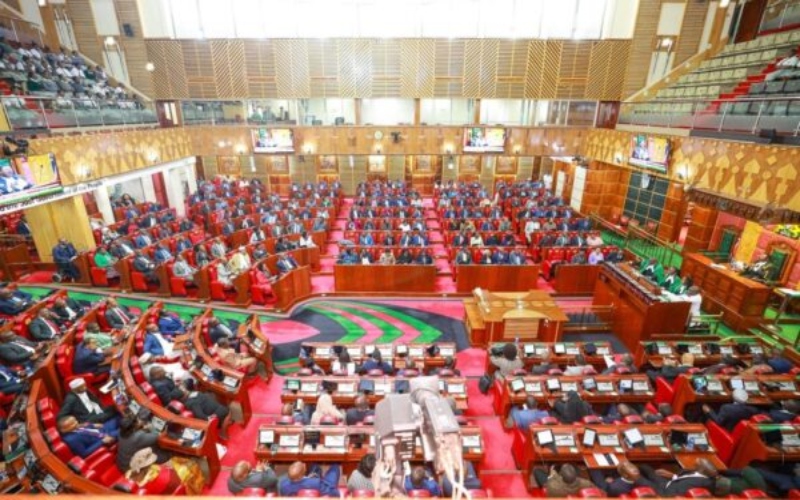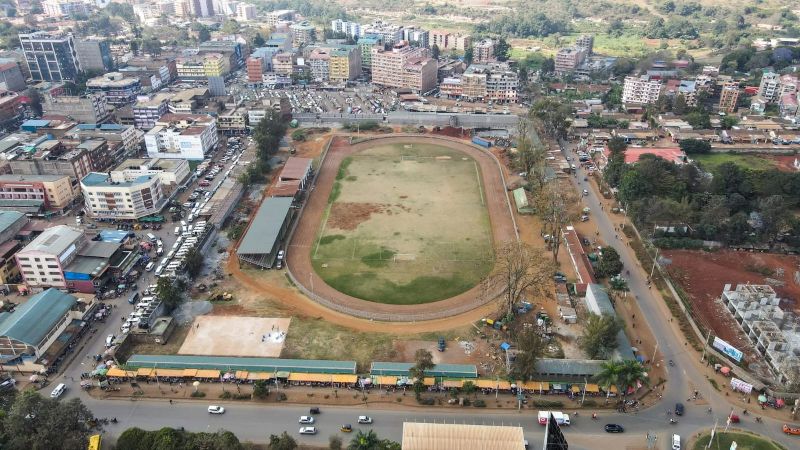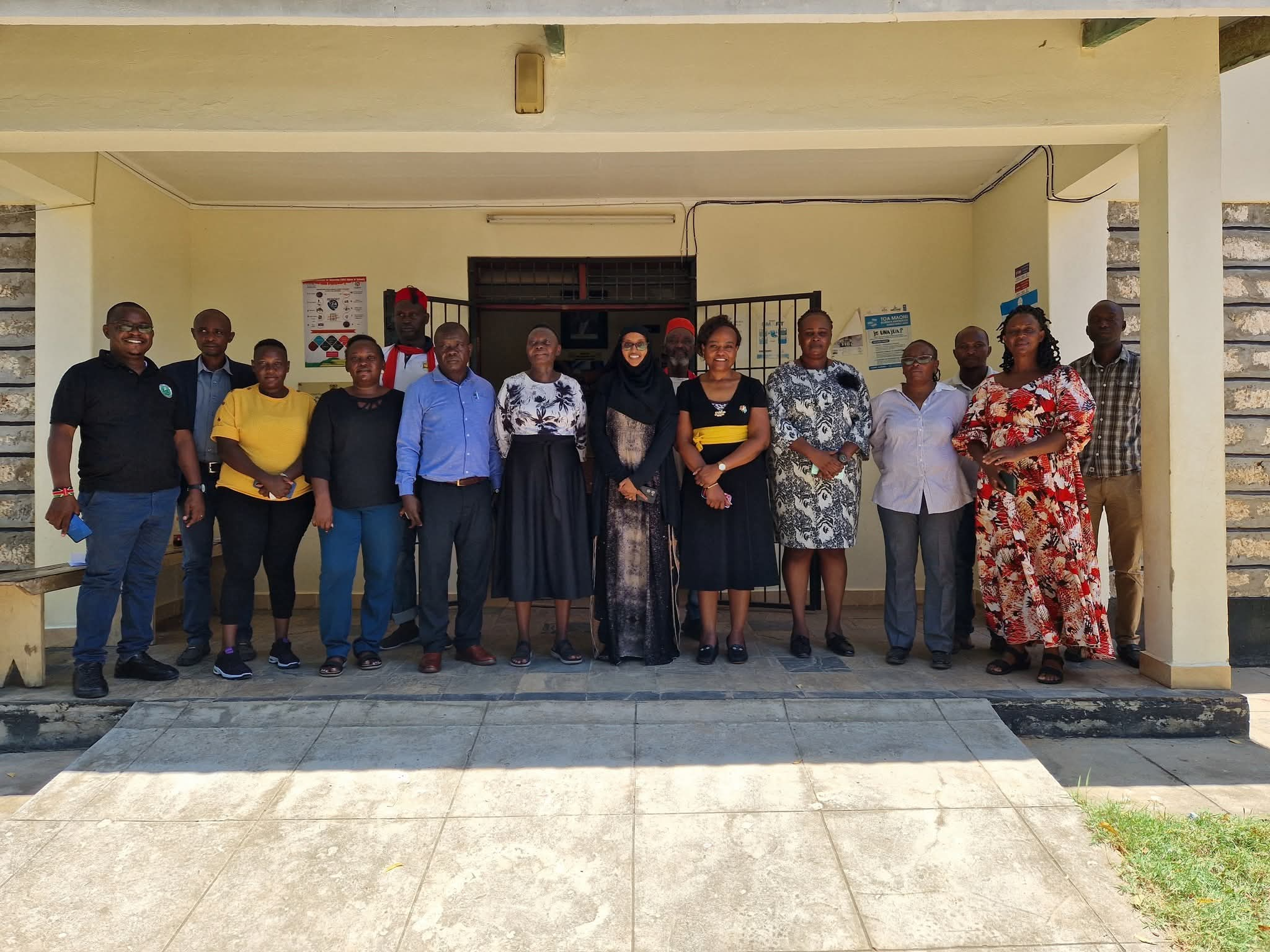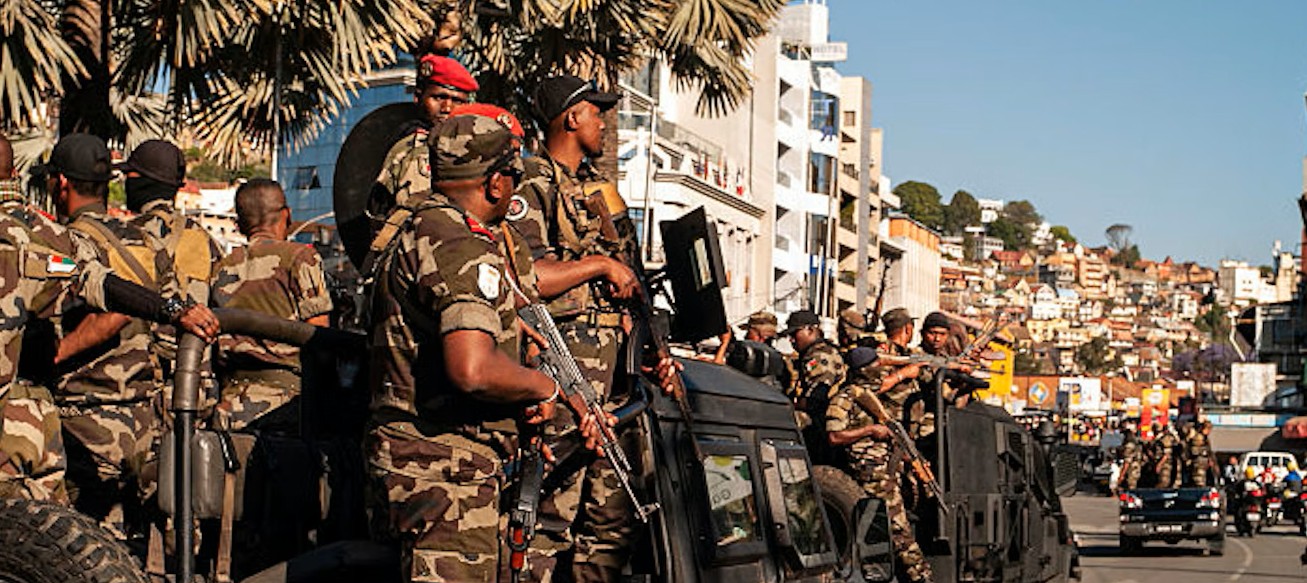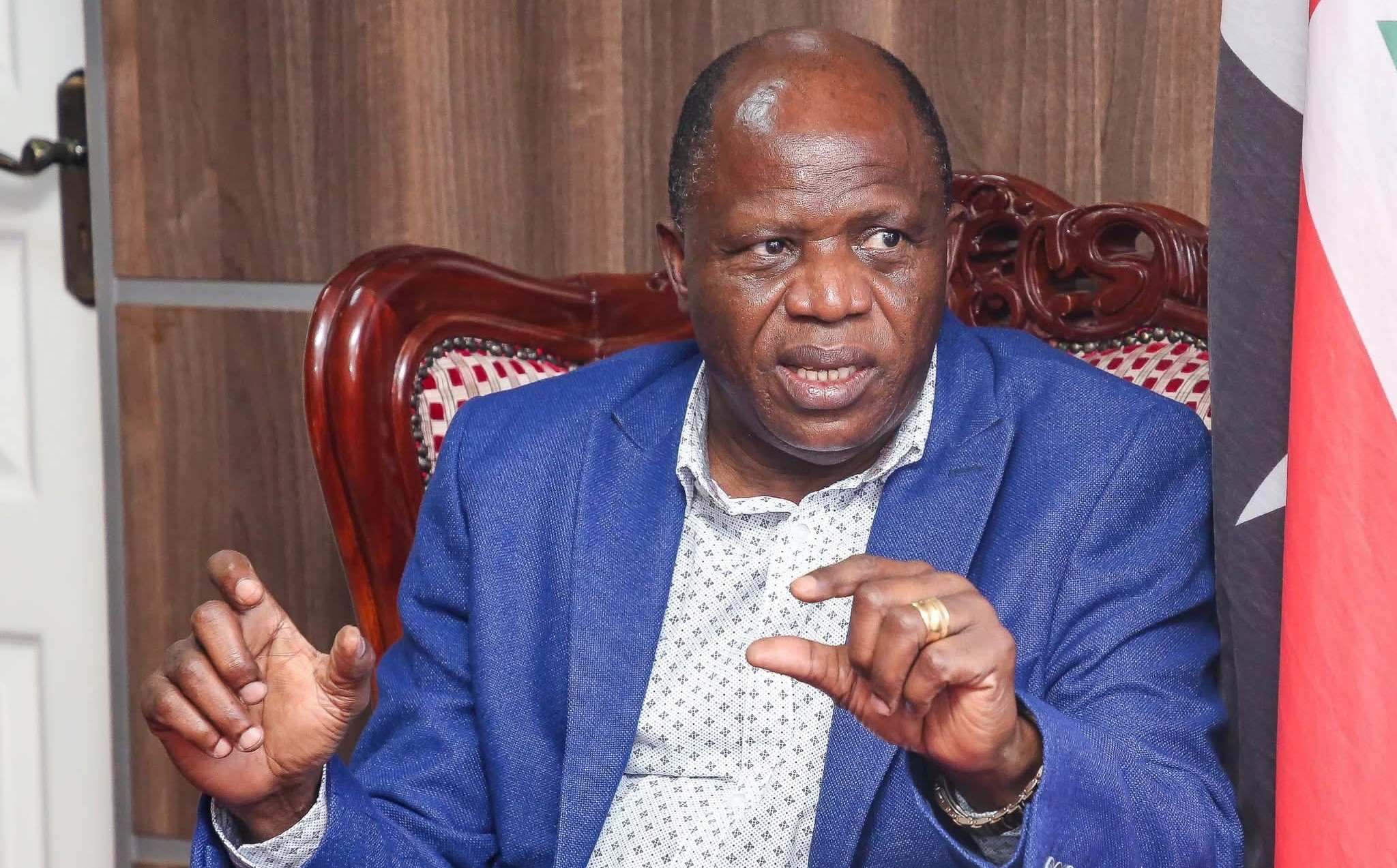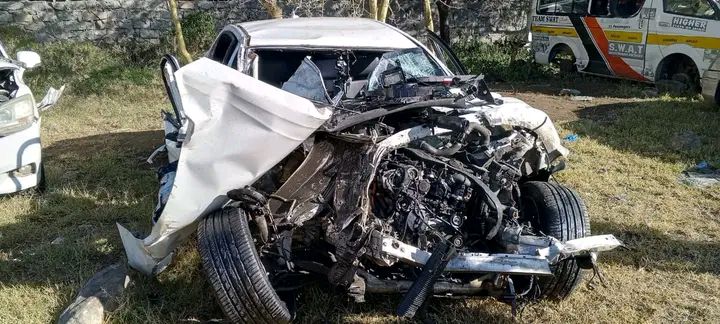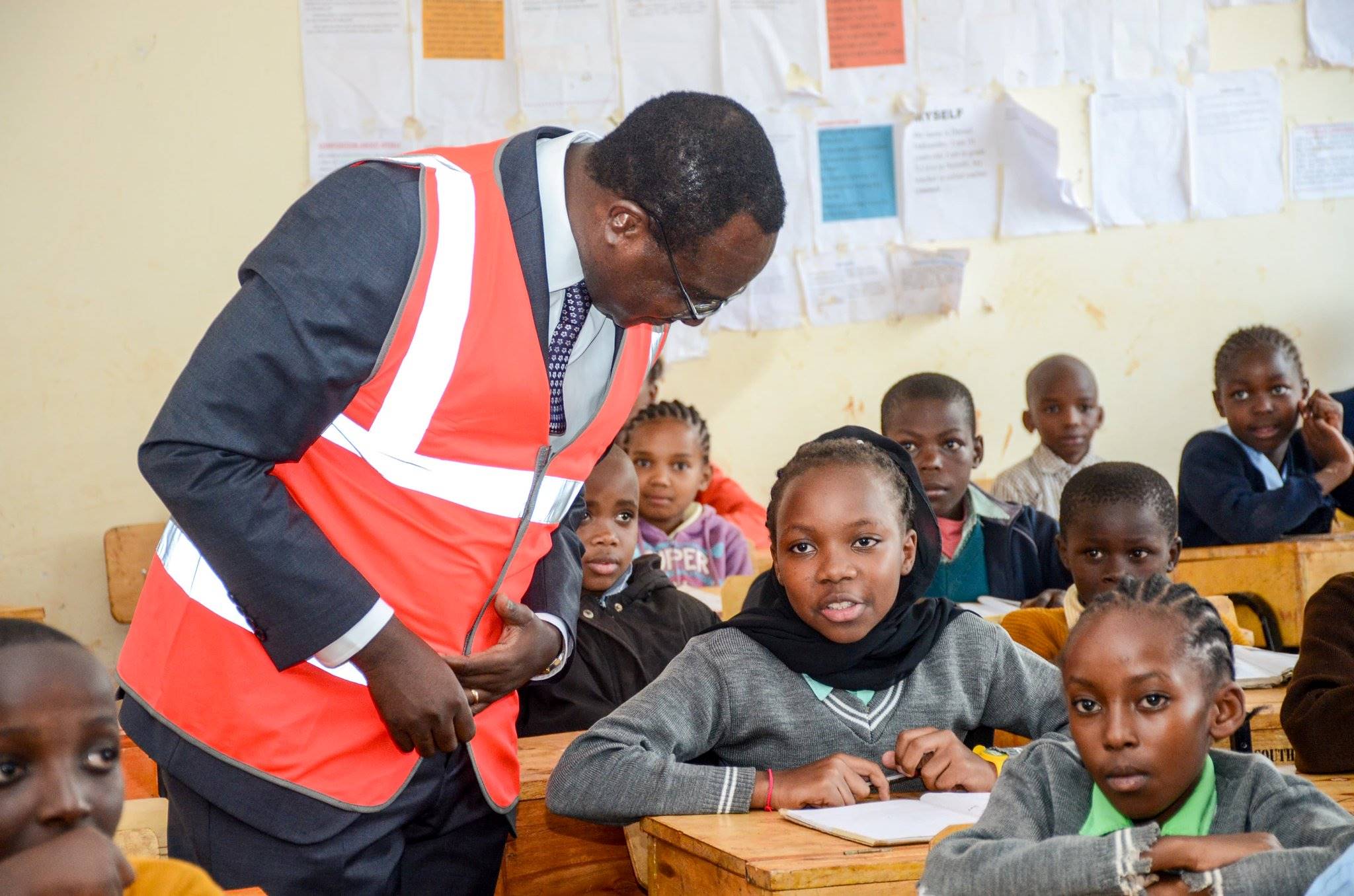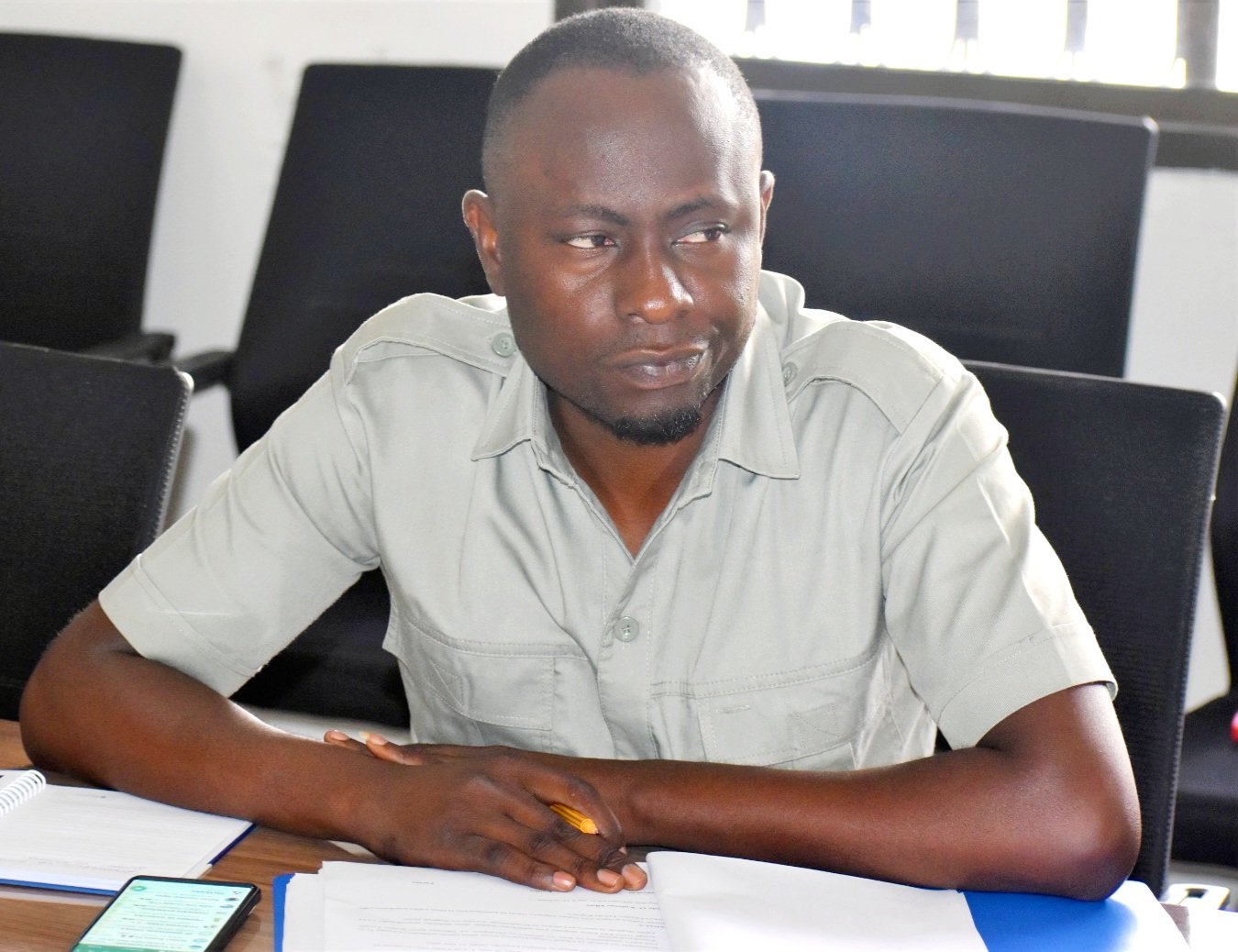Ethiopian quarter: How migrants have shaped a thriving shopping district in South Africa’s city of gold
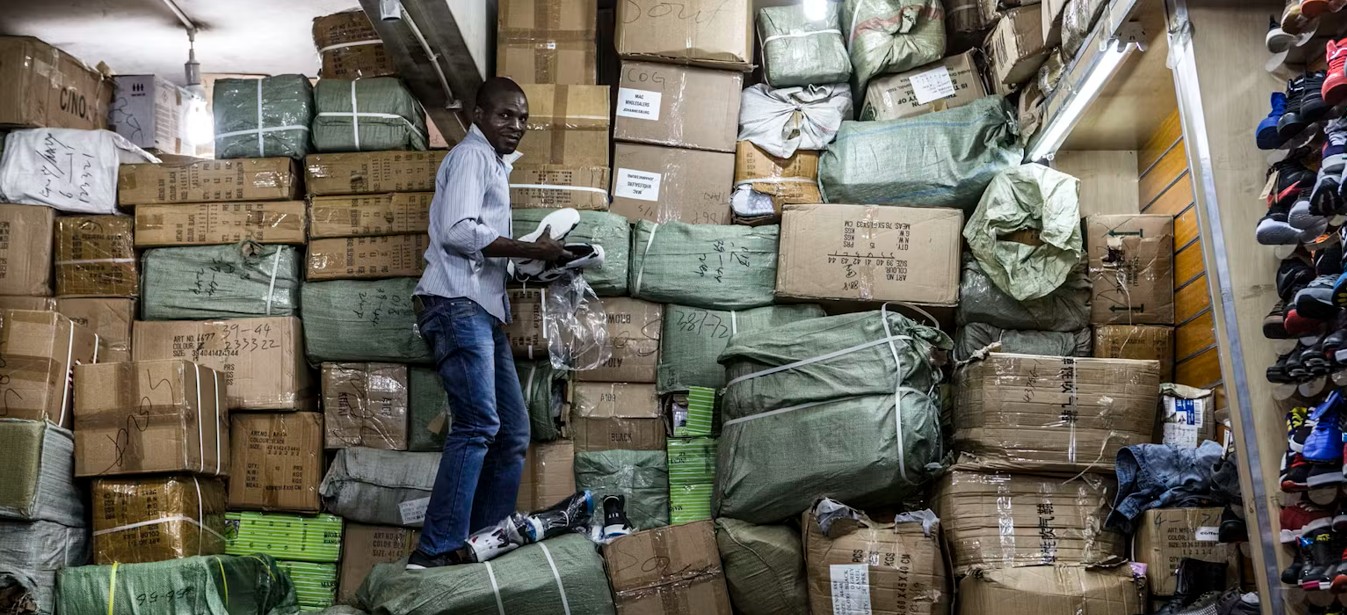
The cross-border shopping hub of Jeppe offers hope for an inland entrepot to be recognised, supported and expanded to offer the global services that Johannesburg’s infrastructure can provide.
Tanya Zack, University of the Witwatersrand
More To Read
- UN urges Ethiopia and Eritrea to respect border pact amid rising tensions
- Djibouti confirms Eritrea’s formal exit from IGAD regional bloc
- IGAD regrets Eritrea’s ‘premature’ withdrawal from regional bloc
- Eritrea withdraws from IGAD for second time, citing ‘failure to meet aspirations of the region’
- Peace on paper, pain in reality: Tigray’s forgotten suffering, struggle for justice
- Over 60,000 African penguins died as sardines disappeared from South Africa’s waters, study finds
Since its founding in 1886, Johannesburg has been a city of migrants, internal and international. But the economic capital of South Africa has undergone big changes since 1994 ,when South Africa became a democracy. One such change involves migration into the city by people from other African countries.
A new book, The Chaos Precinct: Johannesburg as a port city, by Tanya Zack, traces how migrant Ethiopians have shaped a trading post in Johannesburg’s inner city. Zack, a planner who specialises in urban policy, regeneration, informality and sustainable development, explains how the Ethiopians did it.
What space have Ethiopian migrants carved out in the centre of Johannesburg?
The book is set in the shopping centres of the so-called Ethiopian Quarter, in high-rise, formerly commercial buildings in the inner city of Johannesburg. It is a cross-border shopping hub of thousands of cupboard-sized shops crammed into buildings. It defies the categories of formal or informal, of wholesale or retail. And it is where people from all of southern Africa come to shop for fast fashion.
While migrants from several countries trade here, the trading post was pioneered by and remains dominated by Ethiopian and Eritrean migrants. It is an extraordinary shopping district in what were high-rise medical buildings. These office towers centre on Rahima Moosa (previously Jeppe) Street, where medical practitioners and pharmaceutical companies once agglomerated.
Buildings that had been underutilised or abandoned became the canvas for an entrepreneurial transformation. Ethiopian migrants led the repurposing of these structures into over 3,000 tiny shops. Shopfronts are linked to storerooms located higher up in the buildings or nearby spaces. This new retail footprint wasn’t known in Johannesburg three decades ago. And the scale of trading has attracted many infrastructure uses that support the transnational movement of goods and people.
It was not supported by formal planning or pension funds, but developed by migrant entrepreneurs, one shop at a time.
They draw on global supply chains, particularly Chinese wholesalers operating in warehouse-style malls west of the inner city, to access a steady stream of fast fashion, cosmetics and household items. Inner-city-based Ethiopian traders then retail these goods in individual or smaller quantities. Their clientele is composed largely of cross-border traders who on-sell the products throughout southern Africa.
This model has effectively turned the inner city into an inland port. It’s a logistics hub where goods circulate rapidly, and where shoppers are embedded in an informal yet highly organised distribution network.
The inner-city street grid, first surveyed in 1886 during Johannesburg’s mining camp era, consists of very short blocks, which amplify pedestrian and vehicular congestion. It’s a frenzied shopping environment.
Shopkeepers and stallholders have maximised their display areas through creative lightweight architectures. Small shopfronts are linked to storerooms higher up in buildings or nearby. Sidewalks are lined with street vendors, forming mini corridors.
Internal arcades in the buildings further maximise the retail footprint. This hybrid, vertically integrated structuring has generated a real estate boom in previously underutilised buildings in a flagging property market.
The success of this enclave is also tied to the migrants’ ability to craft both social and commercial networks. Migrant traders and cross-border shoppers have relationships based on trading through information sharing, mutual assistance, and informal credit mechanisms. Traders are necessarily adaptive. They adjust to the pace of demand, shifting product lines quickly. They also coordinate closely with suppliers and resellers throughout Southern Africa. The spaces they use and adapt are similarly flexible.
This combination of adaptive reuse, dense retail specialisation and networked entrepreneurship has allowed Ethiopian migrants to carve out a commercial territory that is at once highly visible and deeply embedded in regional trade flows.
South Africa has been harsh towards informal economic activity. How has this been managed?
The Ethiopian Quarter exists in a context of often-hostile municipal and national governance.
South Africa has historically oscillated between tolerance and repression of informal economic activity, particularly when driven by foreign migrants. Law enforcement campaigns have regularly targeted street traders and migrant shopkeepers. Traders and shoppers alike face the constant threat of violent policing, corruption, theft, and harassment. Uniformed police or wardens regularly confront them, demanding that they prove their migrant status. There’s talk of being detained in vehicles until a bribe is paid.
Ethiopian migrant traders have developed a range of strategies to navigate the challenges of hostility. They co-locate with other Ethiopian traders and rely on ethnic and commercial networks to absorb shocks and share information about law enforcement activities.
Ethiopian traders have also innovatively adapted their physical and commercial operations to reduce vulnerability. Shops are designed to control stock and display goods while concealing cash and high-value items. The light architectures and arcade designs of Jeppe also make it possible to conceal the shop in the event of raids.
Shoppers spend as little time as possible inside the crime-ridden Johannesburg CBD. On the day they choose goods, they often carry no money. They return later with cash to purchase goods as swiftly as possible so that cash is not carried unnecessarily. Many hide cash on their bodies.
The infrastructures that have developed to service the port-like functions of this massive cross-border trading hub offer storage, packaging, information exchange and distribution services. Hotels, buses and storage facilities provide relative safety for cross-border shoppers who must navigate a city known for crime. A 2017 survey, funded by the Johannesburg Inner City Partnership,
found that over 60% of retailers had experienced physical assault. 38% reported regularly giving police officers something to mitigate harassment.
What lessons do you draw about how cities should govern migration?
The cross-border shopping hub demonstrates that migrant-driven informal economies are engines of economic activity. Estimates based on the 2017 cross-border shopping survey showed that shoppers in the Jeppe district alone spent close to US$600 million annually. This was twice the turnover of Sandton City, at that time Africa’s richest mall.
The activities of Jeppe mimic international entrepots like Singapore and Hong Kong. They offer information exchange, repackaging and distribution services for goods flowing from China to international destinations. This Johannesburg entrepot has regional significance, distributing goods throughout southern Africa. But it’s under-recognised by municipal authorities.
A law-and-order approach must at least be coupled with a developmental approach. Cities that aim to govern migration must integrate migrant economic activity rather than suppress it.
Support through infrastructure improvements and security provision would amplify Jeppe’s economic impact.
This includes recognising the legitimacy of informal trading spaces, investing in basic infrastructure and safety, and developing regulations that protect safety while accommodating new building uses.
Partnership approaches that involve traders’ associations, building managers and community intermediaries to co-manage spaces would be valuable.
What does your work tell us about a city that’s been in decline? And solutions?
The burgeoning economy in Jeppe needs to be recognised alongside the private investments in Johannesburg that are celebrated for their regenerative capacity. This migrant enclave demonstrates how urban regeneration can evolve out of the actions of thousands of actors.
The challenge is to direct, support and harness this energy.
If we were to think of Johannesburg as a port, how would we understand and use the ecosystems of trade, movement and distribution that this networked economy has created? What other services could flow through these ecosystems? And what safety, mobility and public infrastructure services are required to enhance these entrepot functions and claim this role for the city, an African urban hub tied to multiple cities and small towns across the continent?
The Conversation
***
Tanya Zack, Visiting senior lecturer, University of the Witwatersrand
This article is republished from The Conversation under a Creative Commons license. Read the original article.
Top Stories Today

